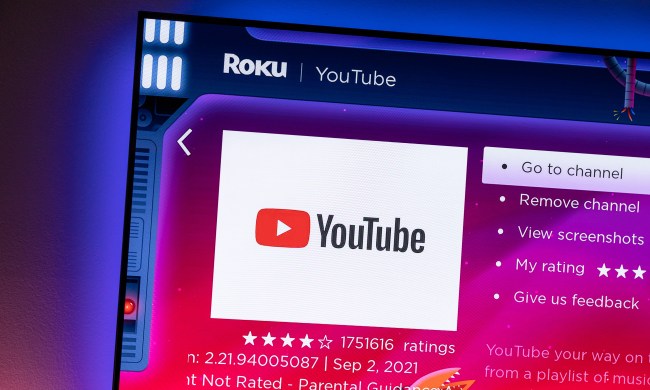Sonos rang itself onto the Nasdaq Stock Exchange on August 2, 2018, with a custom-tuned bell of its own design, signaling the multiroom speaker pioneer’s entry into the public sector after 16 years as a private company. But while analysts and investors may be concerned with share prices, valuations, and the performance of Sonos in their portfolios, we are far more interested in the implications that the move might have on future products from the company.
That’s because we have been smitten with Sonos’ products for years. As it stands, the company makes some of the finest premium home audio products on the market. From excellent Alexa- and Siri-enabled soundbars like the recently released Sonos Beam to music-first devices like the Play:1 and larger Play:3, Sonos has been at the top of the home-listening game for some time.
So what exactly will going public do for its products in the long term? If anything, company insiders think that the increased value of the company should make its products better.
“The basic answer I can give you is that we’re really confident in the strategy that we’ve been on for the last several years, and we don’t expect and don’t plan on this IPO [initial public offering] actually changing that strategy at all,” says Antoine Leblond, Sonos’ vice president of software. “I think if anything, it will probably allow us to accelerate that a little bit, and probably give us some opportunities to look at new partnerships with products, geographic expansion, and things like that.”
Leblond and his partners at Sonos are right to be confident in the company’s strategy: As the de facto leader of the high-end multiroom audio world, having pioneered the space itself, Sonos has been able to partner up — rather than compete directly — with tech giants like Google, Amazon, and Apple, all of which have been pushing into the home audio space in recent years. That means that executives like Leblond aren’t so concerned about them eating up their market share.
“The reality is that even though we’re all building some form of speaker that has microphones in them, we really have very different strategic imperatives around what we’re doing,” says Leblond, “Companies like Amazon and Google are really building these devices because they’re trying to create an entry point for their services, their intelligence systems, whether its ecommerce or search or things like that.”
Leblond says the reason that Sonos has been able to develop such great integrations with the tech giants’ audio assistants is because they are so clearly focused on sound quality and audio experience, rather than adding their own assistants to the mix.
“We have the distinction of being really the only people out there building voice-enabled products that are primarily focused around the quality of the listening experience,” he says, “For us, the main event is the output and for them it’s the input, and it that sense we’re actually quite complementary in the products that we build and our business models.”
When viewed from this angle, Sonos’ public offering seems more like the logical next step in the company’s long-term development plans, rather than a bid to raise further capital to outshine the offerings of other public tech-world competitors.
Now in more than 7 million homes — and with a slew of compelling new products in development and a healthy valuation on the Nasdaq — it will be interesting to see where the company goes from here. But at least in the short term, consumers can expect more of the same great products from the now-public company.



